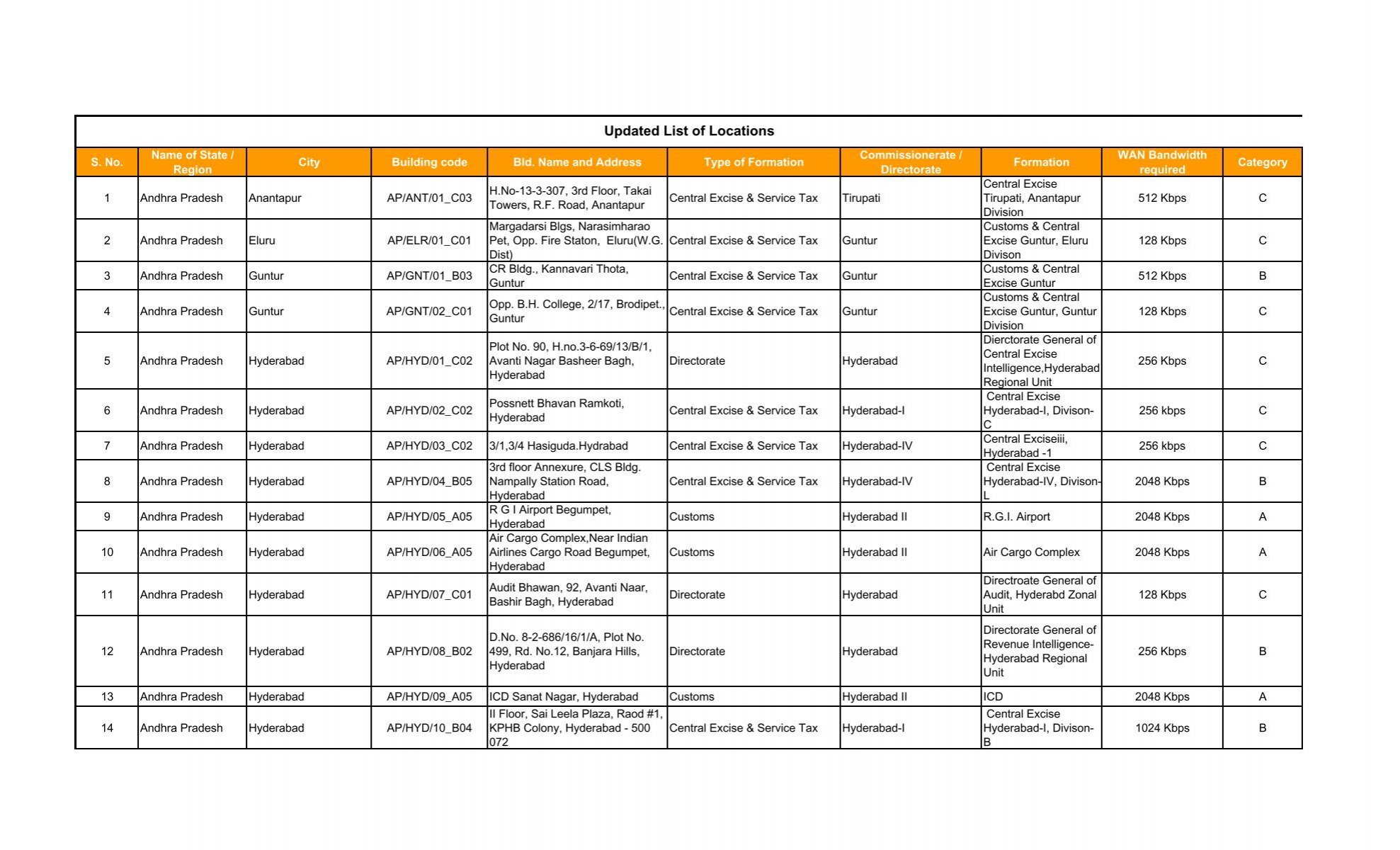
India is an expansive and diverse country with a rich and long-running heritage of architecture, culture and traditions. Through this long-running history there are numerous aspects that are frequently ignored, among which is the rich history of India's postal system. Over Found Here of time, the Indian postal system has evolved in many ways, but it has remained an integral part the daily Indian life.
A first postal office established in India is traced back all the way to Mughal empire in the year 1664. The Mughals created the country's own postal system in order to aid in keeping communication open across the many territories. It was at this point that the term "dak" was first used to refer to post offices or mail carriers. This term continues to be used today to describe post offices across India.
Following the dissolution of the Mughal Empire in 1857, the British Raj took control of India and set up its own postal system in 1858. This system was designed to improve various aspects of communication within India by introducing more efficient means such as mailbags, stamps, and stamps as in standardized rates to send letters and parcels across different regions across the nation. Under British rule Post offices were established in all districts across India and some were located overseas in cities such as Singapore or Ceylon (now Sri Lanka).
It was also used to send messages between the Indian Postal Service also played an important part during World War II when it was used for sending messages to members of military forces stationed throughout various regions of Asia and Europe and also for delivering essential items via Britain to troops on foreign land. After independence from Britain in 1947, India created its own postal system within an organization run by the government called Department Of Post (DOP).
One of the things that make Indian postal service distinctive is its use of traditional methods such as dak runners or camel caravans and modern techniques such as airmail or motorized vehicles to provide delivery in remote areas without access to roads or railway networks. These traditional methods were employed since the earliest times and still play an important role today especially when it comes down to delivering letters or parcels within rural areas where roads may not be accessible due to natural obstacles like mountains or rivers.
A second aspect that is what makes Indian postal service special is the use of philately, that is, stamp collecting - for both educational purposes and entertainment amongst collectors around the world.. Over the years, different countries have issued their own stamps with different designs that feature images of their culture or history and some of them even feature iconic figures , such as Mahatma Gandhi who appeared on a variety of stamps issued from The Government Of India over time.

As philately has become more popular over time and so have collectors seeking rare stamps from around the globe, including those issued by India which are now popular items with collectors due to their distinctive designs that feature local flora & fauna alongside historical figures.
Finally another aspect that makes Indian Postal Service stand out is its commitment towards providing equal services regardless of where they are located within rural townships where other forms of delivery services may not be accessible.
To ensure fair practices are maintained DOP has taken a variety of measures, including insurance coverage free for all registered items sent through local post offices in addition to providing additional discounts on postage when sending items by airmail . Additionally DOP also offers additional tracking options for registered parcels ensuring customers can track the progress of their parcel anytime during the transit reducing waiting times significantly.
All of these aspects make up what makes Indian Postal Service so unique compared to other similar services across the globe . Its determination to provide high-quality services, regardless of location, and the incorporation of traditional methods , usage philately and implementation of advanced tracking capabilities make it one strongest & most reliable delivery networks globally.
In conclusion , despite multiple changes over the years and exploring the rich history of Indian Postal Service offers insight into how this unique organization adapted & evolved over centuries while maintaining core values throughout all these changes. By combining traditional and modern methods, this network continues to provide high-quality services that ensure customer satisfaction regardless of location.